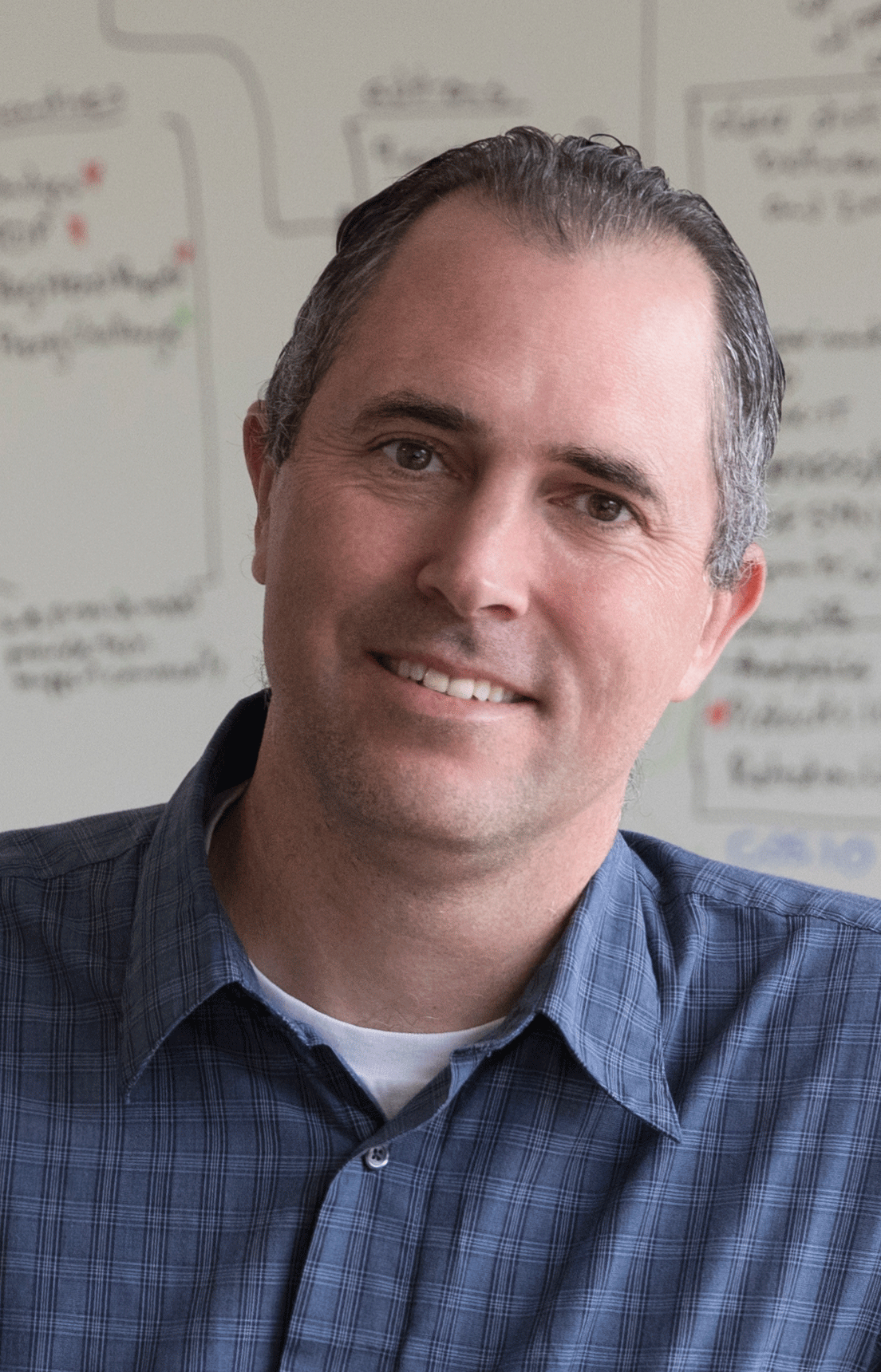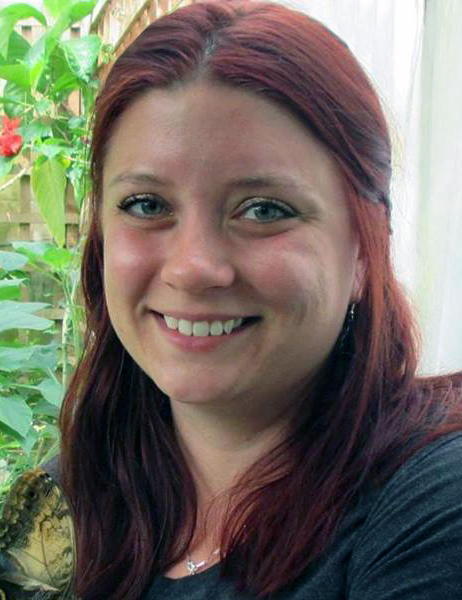ECS’s honors and awards program recognizes scientific excellence in electrochemical and solid state science. Every year, ECS presents two young author awards for the best papers published in both the Journal of The Electrochemical Society – ECS’s flagship journal, published continuously since 1902 – and the ECS Journal of Solid State Science and Technology.
Mark Burgess and Kenneth Hernández-Burgos from University of Illinois at Urbana-Champaign will receive the Norman Hackerman Young Author Award for best paper published by young authors in the Journal of The Electrochemical Society. Peng Sun from University of Michigan will receive the Bruce Deal & Andy Grove Young Author Award for best paper published by a young author in the ECS Journal of Solid State Science and Technology.
This year’s young author awards will be presented at the 232nd ECS Meeting in National Harbor, MD, Oct. 1-5, 2017.


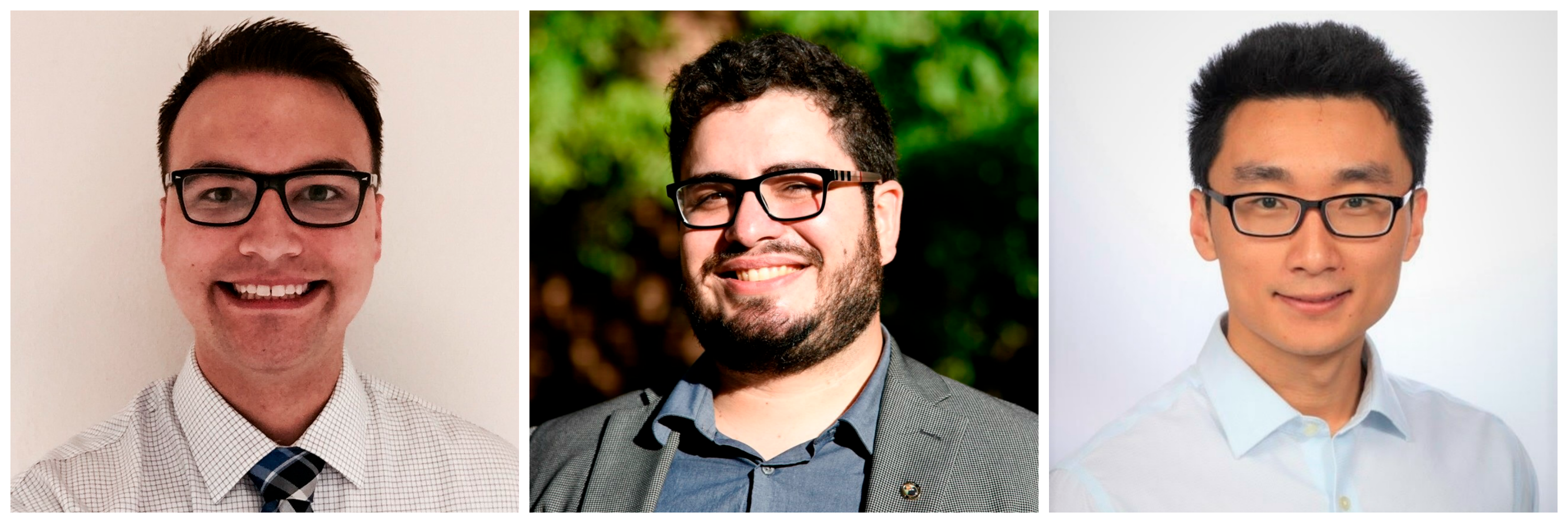
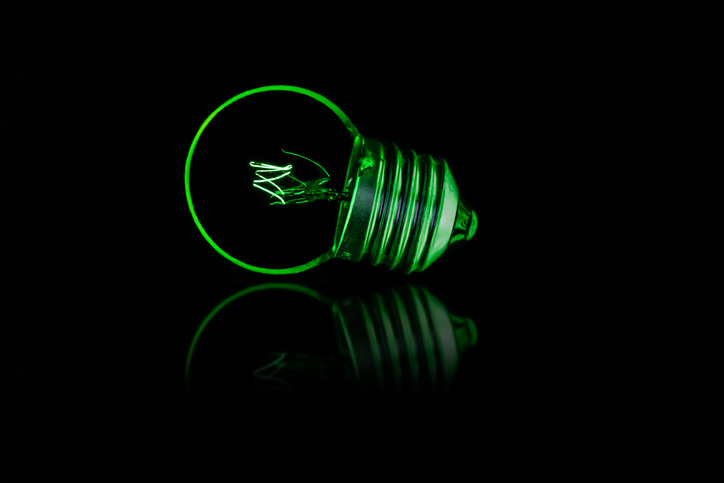 Chemical engineers have generated ultra-pure green light for the first time.
Chemical engineers have generated ultra-pure green light for the first time.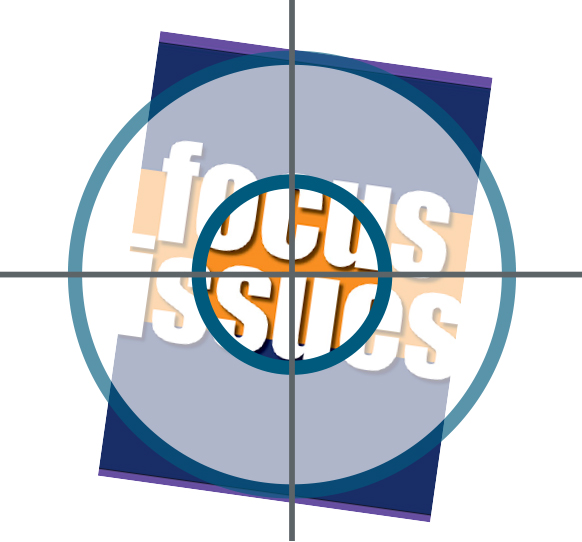 The
The  Engineers have created a high-frequency electronic chip potentially capable of transmitting tens of gigabits of data per second, much faster than the fastest internet available today.
Engineers have created a high-frequency electronic chip potentially capable of transmitting tens of gigabits of data per second, much faster than the fastest internet available today.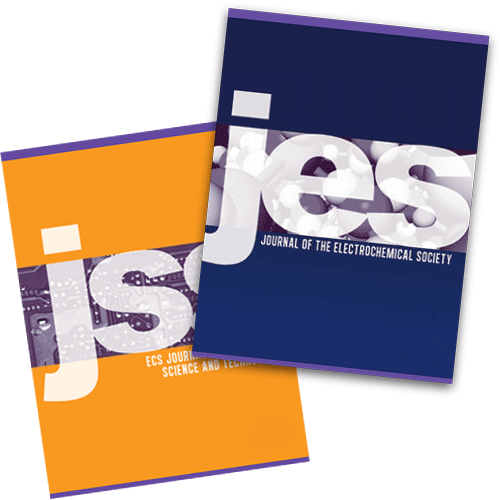 Tech Highlights was prepared by David Enos, Mara Schindelholz, and Mike Kelly of Sandia National Laboratories, Colm Glynn and David McNulty of University College Cork, Ireland, and Donald Pile of Rolled-Ribbon Battery Company. This article was originally published in
Tech Highlights was prepared by David Enos, Mara Schindelholz, and Mike Kelly of Sandia National Laboratories, Colm Glynn and David McNulty of University College Cork, Ireland, and Donald Pile of Rolled-Ribbon Battery Company. This article was originally published in  A team of engineers has found a simple, economical way to make a nano-sized device that can lift many times its own weight.
A team of engineers has found a simple, economical way to make a nano-sized device that can lift many times its own weight.